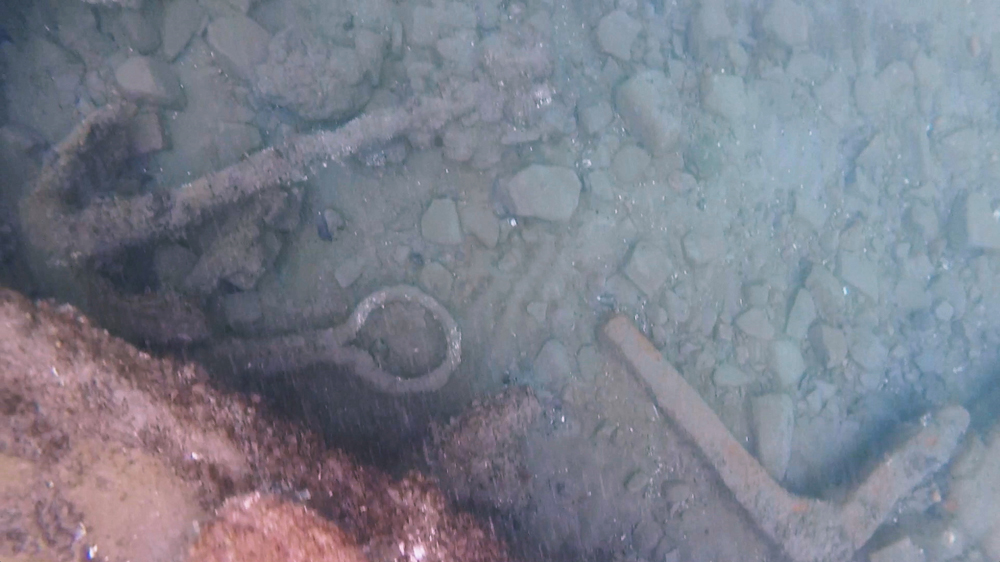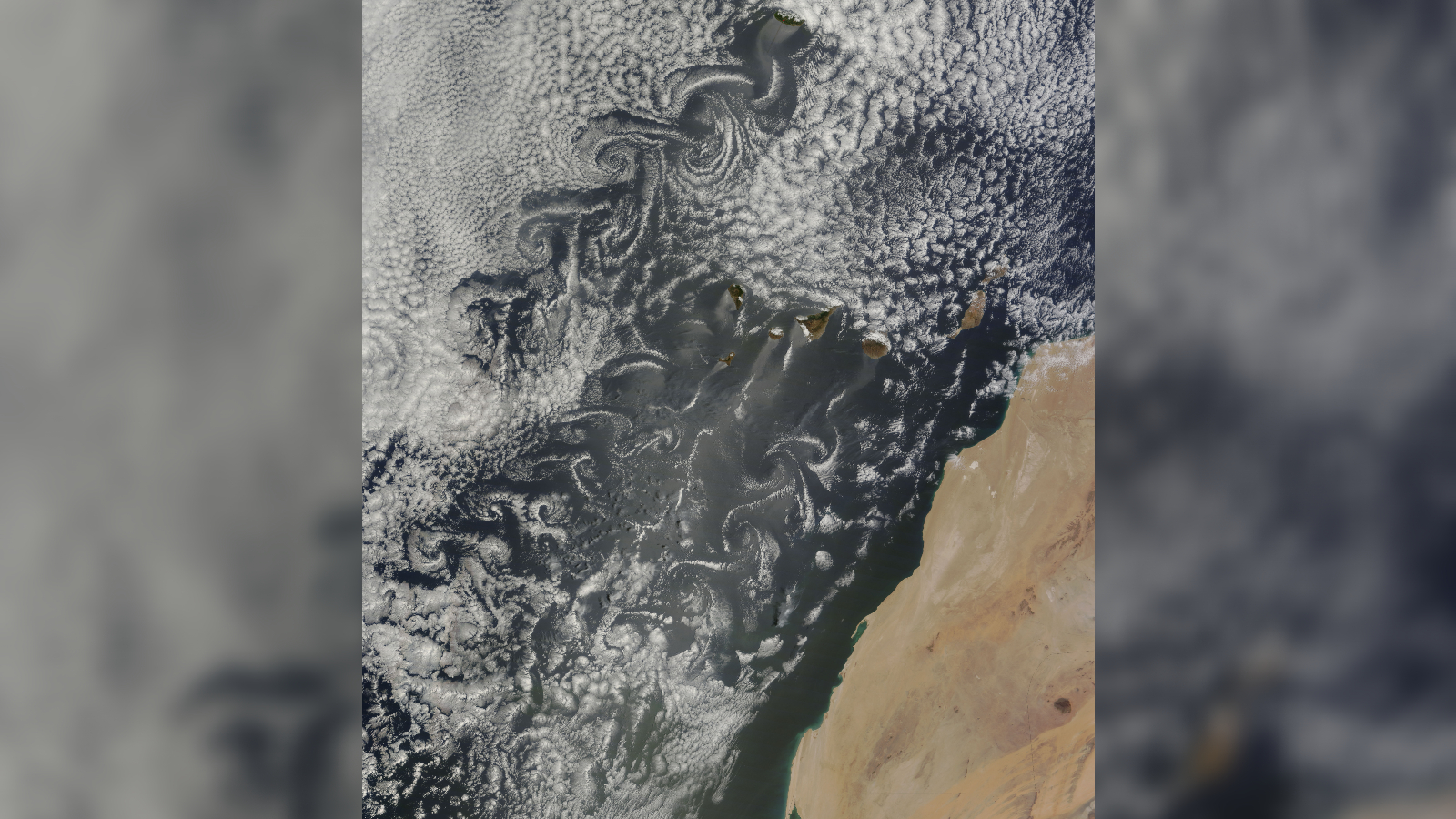Crushed by Ice: Ships from 1871 Whaling Disaster Possibly Found

Before sea ice formed along Alaska's Arctic coastline this winter, marine archaeologists discovered the wrecks of two 19th-century ships that likely met their demise during a famous whaling disaster.
In September 1871, 33 whaling ships became stuck in pack ice off the coast of Wainwright, Alaska. The captains waited in vain for a change in winds, which they hoped would free the ships and let them get back to hunting bowhead whales. But within weeks, the vessels were destroyed by the crushing grip of the ice and more than 1,200 crew members were stranded.
The men eventually had to evacuate and leave their ships behind. They were rescued by a fleet of standby whaling ships, which had to give up much of their own lucrative cargo to take on their survivors. Though no one died, the economic consequences were severe. [See Photos of the 19th-Century Arctic Shipwrecks]
"The loss of the ships was a significant blow to the whaling industry, particularly the New Bedford (Massachusetts) companies, which owned most of the vessels lost," said Brad Barr, an archaeologist with the National Oceanic and Atmospheric Administration (NOAA).
"The event has been attributed as possibly a major contributory factor in the demise of whaling in the U.S.," Barr told Live Science, estimating that the total loss from the incident would have been equivalent to slightly more than $33 million in 2015.
Using sonar and other underwater sensing technologies, Barr and a team of researchers recently conducted a survey along a stretch of Alaska's coast where they hoped to find lost whaling fleets. The team discovered the magnetic signatures of two shipwrecks, according to an announcement from the NOAA. Underwater video provided better images of the sunken hulls, revealing metal anchors, fasteners, pins, ballast and brick-lined pots that were used to heat whale blubber, turning it into oil. Crabs can even be spotted crawling around the doomed vessels in the footage.

Barr said that right now it's hard to say conclusively that these two vessels were among the 33 lost in 1871, but there are a lot of signs that point to that identification. Of all the known vessels that were lost in this particular area, well more than half sank in the 1871 event, Barr said, and both wrecks spotted have the types of beams and hull timbers that would be expected in a whaling ship from the later half of the 19th century.
Get the world’s most fascinating discoveries delivered straight to your inbox.
The discovery is part of a trend: As sea-ice levels shrink due to climate change, ocean explorers have better opportunities than ever to search for wrecks off Alaska's northern coast.
"While there is still annual sea ice in this area, it arrives later and leaves earlier than in 1871," Barr told Live Science. "The area we mapped appears to be subject to a great deal of sediment movement just offshore, and I suspect that if there are pieces of wreckage buried there, they might be exposed by these conditions."
Follow us @livescience, Facebook & Google+. Original article on Live Science.

